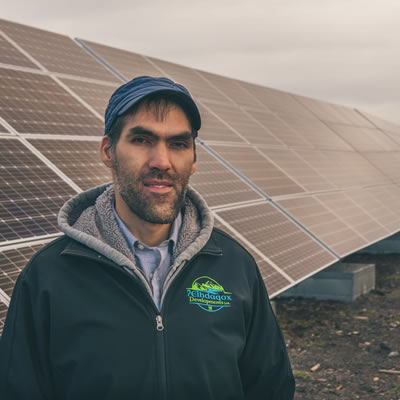PSAC lowers its 2018 drilling activity forecast: despite gains, uncertainty remains

— Photo courtesy PSAC
On Friday, April 26th the Petroleum Services Association of Canada (PSAC) in its Midyear update to the 2018 Canadian Drilling Activity Forecast lowered the forecast for the number of wells drilled (rig released) across Canada for 2018 to 7,400 wells – a drop of 500 or six percent (6%) from the original Forecast of 7,900 made in October 2017. PSAC has based its updated Forecast on an average natural gas price of $1.75 CDN/Mcf (AECO), crude oil price of US$61.45/barrel (WTI), and a Canada US exchange rate averaging $0.79.
PSAC President and CEO Tom Whalen said, “While our oilfield services sector is marginally busier than it was last year at this time, this hasn’t necessarily translated into financial bottom lines that signal business sustainability. In fact, we still have a number of services companies making staff reduction adjustments of 5-15 percent. This pales in comparison to the 40-60 percent staff reductions we saw mid-2015 to the end of 2016, but still a very telling sign that our services sector is far from healthy.”
Whalen added, “The improved WTI price shift into the mid to high $60’s is certainly a welcome sign for our industry. However, the disconnect and volatility of the differential between WTI and WCS pricing means that exploration and production (E&P) companies and Canadians are not benefiting to the same level as our ‘energy independent’ focused southern neighbour. It’s shameful that we continue to sell our oil to the U.S. at a steep discount to WTI, short-changing Canadians over $15 billion per year. The sooner we expand our customer base, the better off Canadians and quite frankly, the rest of the world will be.”
On a provincial basis for 2018, PSAC now estimates 3,800 wells to be drilled in Alberta, down from 4,000 wells in the original Forecast. Approximately thirty-two percent (32%) less wells are expected to be drilled in British Columbia, with PSAC’s revised Forecast now at 500 wells, down from 730 in the original Forecast. The revised Forecast for Saskatchewan now sits at 2,840 wells compared to 2,930 wells in the original Forecast, and Manitoba is forecasted to see 255 wells or a jump of 25 in well count for 2018.
Whalen explains, “On reflection of our adjusted Forecast for 2018, we can’t help but note there is a continued shift by the E&P’s from gas to oil well drilling. That shift to oil is easily supported by the ‘lower for longer’ price outlook for Canadian natural gas. We’re also seeing a geographic shift, forecasting 110 less wells to be drilled in B.C than in 2017. While this doesn’t seem like a large number, one needs to keep in mind that these are some of the most complex and ‘service intensive’ wells being drilled in North America today. We estimate these 110 wells represent over $850 million in capital that won’t be spent in B.C. this year. On the winning side of the equation is Saskatchewan which we estimate will see just over 300 additional wells drilled than 2017. We estimate the capital cost to drill those wells is approximately $400 million. When you add those two scenarios together, we’re conservatively looking at approximately $450 million less capital being deployed in Canada than our earlier forecasted numbers suggested.”
While we have a number of headwinds for our industry, it is absolutely mission critical that Canada gets access to tidewater for its oil and natural gas resources. Completion of the Kinder Morgan Trans Mountain expansion is but one key imperative to restoring investor confidence in Canada. Equally important is the need for Canada to communicate our energy brand internationally, one that proudly speaks to resource development that’s responsible, safe, ethical and to the highest environmental standards in the world.
Whalen concludes, “The International Energy Agency (IEA) recently projected that global demand for energy will increase 31 per cent by 2040. This increase includes a 49 per cent increase in demand for natural gas and a 12 per cent increase in demand for oil. Canada must be an active contributor in providing affordable, reliable natural resources to energy constrained developing nations to help lift them out of energy poverty so they too can enjoy the standard of living and quality of life that we Canadians enjoy.”
The Petroleum Services Association of Canada is the national trade association representing the service, supply and manufacturing sectors within the upstream petroleum industry. PSAC is Working Energy and as the voice of this sector, advocates for its members to enable the continued innovation, technological advancement and in-the-field experience they supply to Canada’s energy explorers and producers, helping to increase efficiency, improve safety and protect the environment.




